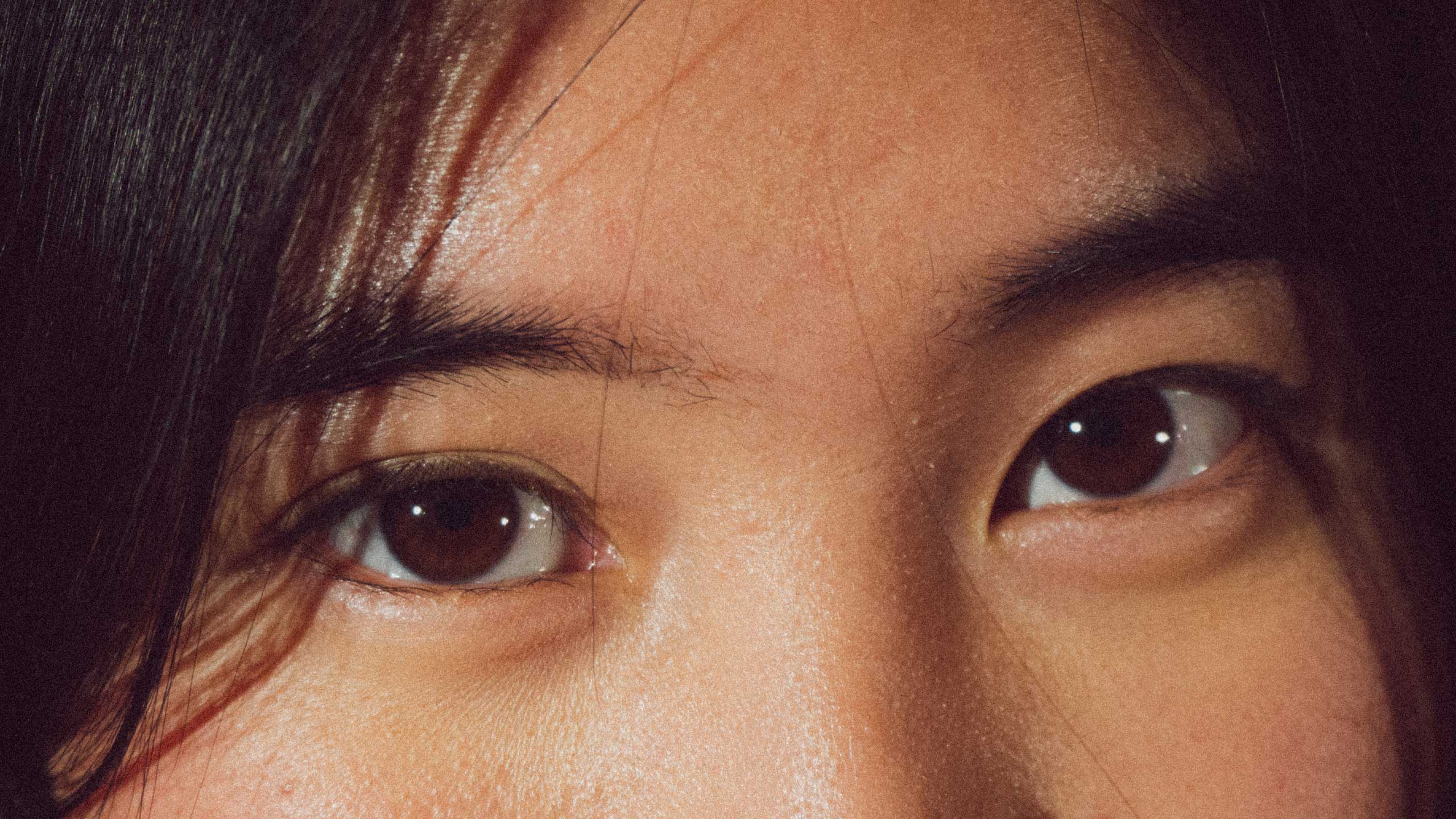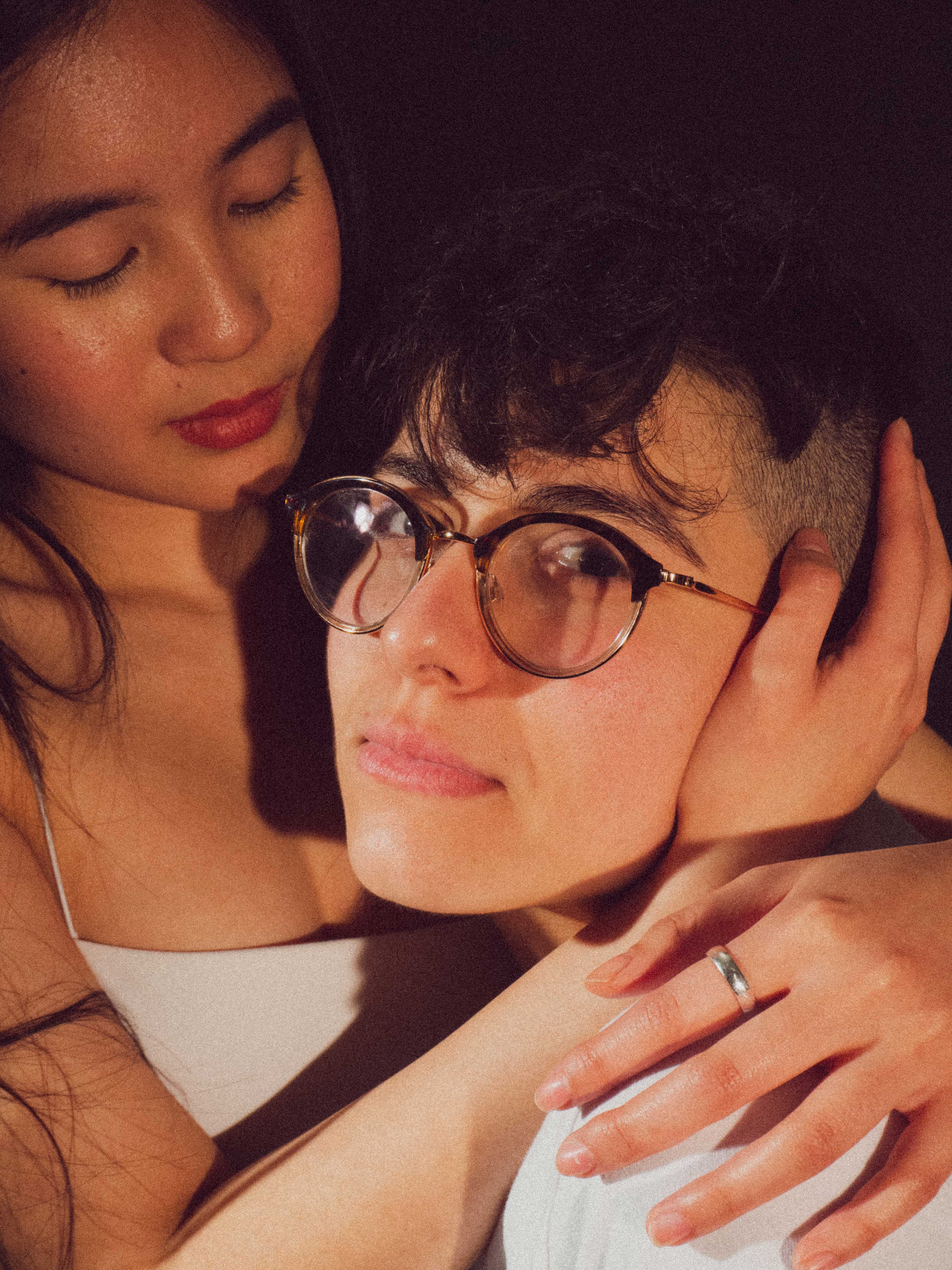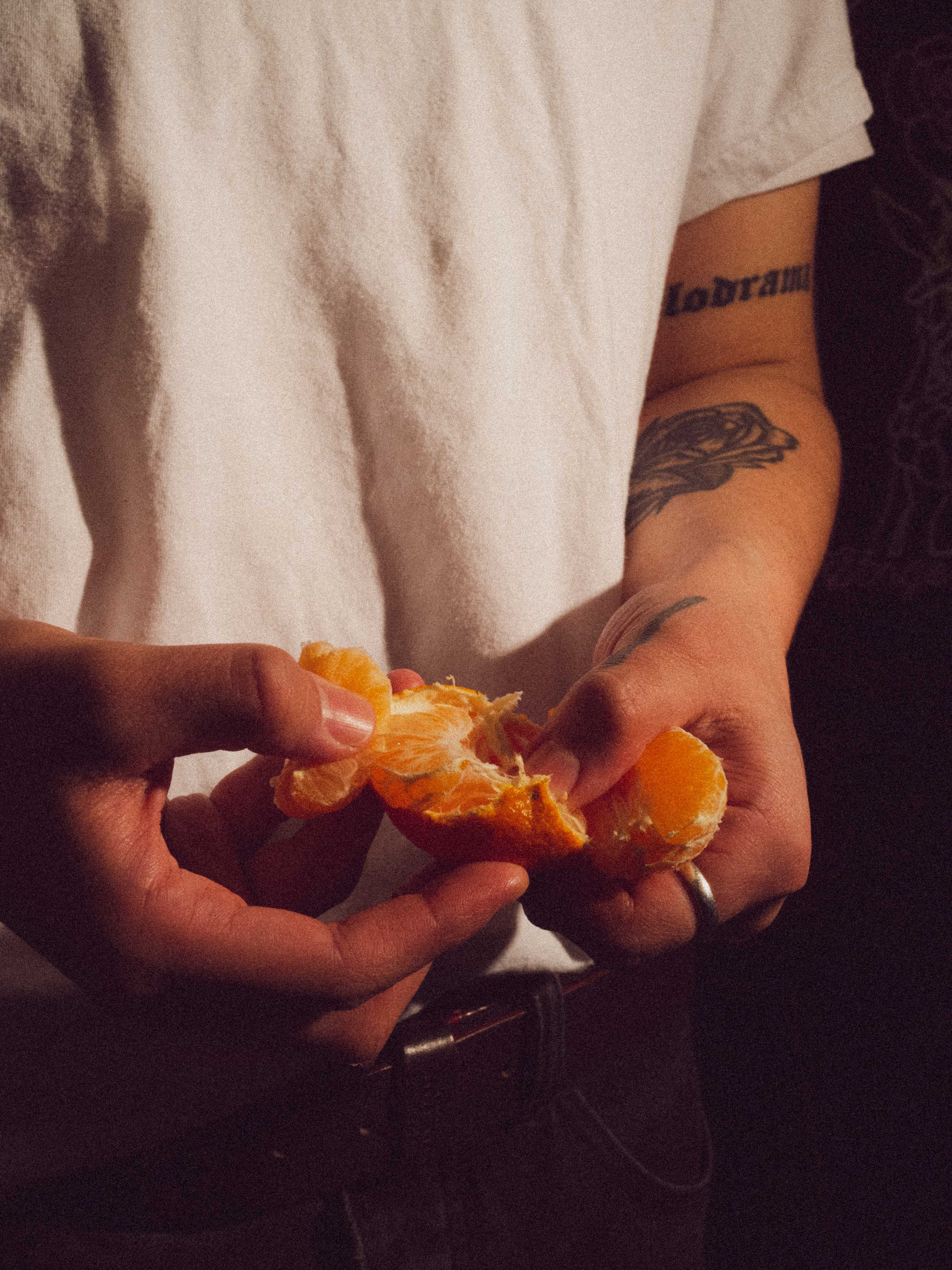Community. Romance. Sex. For queer youth, Tumblr had it all, and then some…
Words by Tyler Griffin
Content warning: This article contains brief mention of addiction.
Michelle* had already been called a dyke before she even knew she was interested in women. Finding it hard to make friends in middle school, she transferred schools in Grade 9. Despite her anxiety and severe ADHD, she was still an outgoing kid who yearned to be social and joke around. She desperately wanted to make friends and meaningful relationships with her peers, but was terrified of coming off as gay.

Born and raised in Cobourg, Ont., she distinctly remembers the isolation she felt in her small town of 20,000. She especially didn’t have much interaction with identities different to her own, such as trans people or people of colour. So, like so many closeted teens do, she turned to the internet, looking to connect with anyone like her or who felt how she did. “The whole idea of someone making fun of you for what you are before you even have the words to identify it is really hard. I wasn’t ready to put that into words because I hadn’t heard other people talk about it,” Michelle says.
She has always been someone who loves learning and reading, and wants to experience everything. “That’s really hard when you live in a small town,” she says. “I spent a ton of time online as a kid because of that.”
On Tumblr, Michelle found there was a degree of anonymity and separation between her and the people she interacted with, meaning she could be herself and experiment with identities she wasn’t comfortable sharing in her offline life. Better yet, if she didn’t like the online community she had stumbled into, she could simply…log off. “It’s a very low-risk social environment…kind of like a trial mode.”

aunched in 2007, Tumblr was envisioned as a microblogging social networking site. Users could upload and share text, visual and audio content. But for LGBTQ2IA+ and other marginalized youth in Canada, the platform allowed them to find community and intimately connect with others in ways they weren’t able to in their offline life. Tumblr has always had a culture of using pseudonyms to obscure offline identities, meaning users can feel safe and free to engage with an online community of like-minded people who they otherwise wouldn’t have access to. Those who inhabited the site during their most formative years appropriated it into something much, much more.
Alex McKay, executive director of the Sex Information and Education Council of Canada, has been studying human sexuality for over 30 years. He says that young adults today are “more knowledgeable and savvy around sexuality than any previous generation in human history,” in large part, because of internet communities. “If you were queer in the pre-internet age, living in a small town, you were really all alone,” says McKay, who also teaches the social context of sexuality course at Ryerson through the Chang School. “Today, because of the internet, you’re not alone anymore. You can reach out and find people that you can communicate with, you can find a community.”
According to a 2015 pilot study on youth intimacy on Tumblr, University of Leicester researcher Matt Hart found that participating users noted Tumblr as a site of “emotional authenticity.” That is, a space where young people could represent themselves online with sincerity, “from how they look to who they are fundamentally as a person.” One woman who participated in the study said she was a big part of the fetish community on Tumblr—specifically cybersex, taking and sharing nude photos and more. “My particular interests aren’t something I can talk freely about on Facebook or IRL,” she said. Hart also noted that most of the young, heterosexual people that participated in the study were more interested in developing intimate friendships, as opposed to the relationships sought by queer participants.
Additionally, Tumblr’s cross-pollination of different communities and social advocacy almost unintentionally taught youth about intersecting social issues. Not only did Michelle access queer content, but also learned about issues facing trans youth, other sexualities and topics like slut-shaming and guilt.
One day in her upper years of high school, Michelle noticed one of the girls in her class on Tumblr. She leaned over cautiously and whispered, “I use Tumblr.” What formed after was a group of five to six friends, most of whom were women and non-binary, almost all queer and all definitely on Tumblr. Calling themselves the “meme queens,” Michelle finally felt like she could be a regular teenager—that is, herself, without having to worry about what others thought of her or who she was attracted to. They were the first people she came out to.

ophia Dee** began her six-year stint on Tumblr at the age of 13, joining her other friends on the site. As a shy, queer, introverted teenager who couldn’t connect with many of the people in her Vancouver suburb, she turned to Tumblr for access to the wider world.
In time, she expanded her following to see more content from the queer community. As one of the only openly queer people in her high school, Dee used Tumblr to further explore her sexuality. She hoped to find someone she could talk honestly with, someone who she could develop a mutual understanding with. She would send messages to the queer femmes she was following and had a crush on, but also just to make friends and build relationships she wasn’t able to foster IRL.

Dee’s first Tumblr relationship began at age 14, when she came across a 20-year-old trans woman who also posted original music on her blog. She shot her shot and sent her a message saying she appreciated her music, and that they should collaborate. They started flirting, sending each other their music demos and critiquing one another’s work. Inevitably, they started dating. Sometimes they would Skype for hours, but other times, months would go by where Dee wouldn’t hear from her partner.
Dee couldn’t just check in on her, since she lived almost 5,000 kilometres away in New Jersey. “I felt invested in her life. It was really hard for me to connect, so when I did find someone I connected with I really cherished that,” Dee says. “I think everyone who had a first love when you’re a teenager understands that feeling like you’ll do anything to keep it.”
Participants of Hart’s study said despite initiating their own relationships online, their relationships on Tumblr happened naturally as a by-product of their everyday social media presence. As one young male participant put it, “Tumblr lets you be yourself, and other people be themselves, just by doing what they do…so relationships happen at their own pace, with greater emotion.”
Participants also looked at people’s blogs for traces of authenticity. If, for example, that person talks about aspects of their life over a number of months or years, that might be seen as authentic. “The perception that we young people are naïve in this day and age is a bit annoying. We know what Tumblr and the internet is, and how to use it, over the mounting number of adults who assume otherwise,” one participant said.
At 15, Dee flew out to meet her partner for the first time—making up some lie about a conference she was going to so her parents wouldn’t get suspicious. Within the first few days of staying with her, Dee could tell something was off. Her partner was spending lots of time in the bathroom and sneaking off in the middle of the night. When Dee confronted her partner, she told Dee the truth: she was addicted to heroin, and had been for some time. “I ended up taking her to rehab in that same trip. We broke up right before she went into rehab because I was like, ‘I can’t do this, this is fucked.’”
She would still get calls from her ex in rehab every now and then. According to Dee, her ex hasn’t used heroin in the seven years since.
“I was absolutely traumatized. I saw a lot of stuff during that trip that I was way too young to be exposed to. I feel like I was forced to grow up in a lot of ways through that experience,” Dee says. “It gave me a better sense of how much of an illusion someone can create through social media.”

wenty-four-year-old University of Ottawa communications grad Jake* wasn’t on Tumblr to look at porn, he was just in it for the aesthetically pleasing pictures. But as anyone on Tumblr would know, it’s incredibly easy to fall down that rabbit hole.
For Jake, it started with content that was simply risqué—sexually suggestive rather than explicitly pornographic. As the porn community on Tumblr started increasingly permeating his dashboard circa 2012, so did his use of the site for not safe for work (NSFW) content. It was affirming for him to know that other people were into the same things that he was. Jake wasn’t into popular porn sites like PornHub, and watching porn on a social media site like Tumblr made him feel less guilty. “I felt like I couldn’t be implicated by it.” Besides, to Jake, the images were hyperreal and more visually appealing, the people were exceptionally beautiful and there’s just something captivating about four to five-second NSFW gifs.

“I found things that were very specific to my interests, which, at the end of the day, was just men. Exceptionally attractive, younger men,” Jake says. “It was mainly all twinks.”
A few years later, Tumblr became his sole source for watching porn through his teen years.
Now, Jake is realizing his habits for consuming porn on the site have had major implications for his outlook on sexual and romantic relationships. He noticed he wasn’t enjoying the intimacy of the people he was sleeping with and was overlooking potential romantic partners throughout the years. His Tumblr was always enough, but now he feels it was holding him back from pursuing relationships offline.
“My expectations of what sex was supposed to be or what technically gets me off is content that’s curated to be exceptionally beautiful,” he says. “I was way too old when I digested the idea that the stuff that I was seeing on Tumblr was never going to be translated into my life.”
As of Dec. 17, 2018, Tumblr no longer allows “adult content” on its site, including any imagery that features “real-life human genitals or female-presenting nipples, and any content—including photos, videos, gifs and illustrations—that depicts sex acts.” The move hasn’t sat well with many of the marginalized communities that inhabit Tumblr and rely on it as a safe place for self-expression. Stefanie Duguay, an assistant professor of communications at Concordia University, told the CBC that queer youth could log onto Tumblr and see a vast representation of sexual and gender identities, and content about relationships, embraces, kisses and sexual content. This meant queer kids could see themselves represented in similar ways to how prevalent heterosexual content is in the media.
“[Nudity] is a general part of people’s self-discovery, especially when you’re a young person and you’re determining things about yourself and your sexual identity,” said Duguay. “If it’s not allowed on Tumblr, this content seems more marginalized, it seems more to-the-side and more stigmatized than it was before.”
After the content ban, Jake deleted his account and walked away from the site for good. “I thought, fuck, I just dedicated the last decade of my life to this. Now it’s just gone,” he says. “I was super invested into something that wasn’t even tangible or real.” Since then, he’s migrated to Twitter and is trying to learn from his mistakes on Tumblr.
“I don’t need that affirmation anymore, that my interests are proper or inappropriate. I have that amongst my community.”

lthough she deleted her original Tumblr years ago (it was just too cringy to keep), Michelle partially credits the platform for giving her the foundation to be confident in her queer identity through adulthood. Tumblr opened her eyes to social issues and different lived experiences outside of Cobourg, but it also made her feel a little more normal by allowing her to interact with other marginalized and queer youth. She came to realize that just because she didn’t fit the narrative of her physical location, that didn’t mean her experiences were wrong. “[Tumblr] made me realize I’m not this crazy outlier, like, here are these people, they exist and they’re exactly like me.”
As a bisexual woman, people are always looking to categorize her as either gay or straight. “There’s a stereotype that bisexuals are confused or whatever. I’ve never really been a person who’s waffling over whether or not I’m bisexual, I just know it and I’m okay with that. I’m very unapologetic and open about it,” says Michelle. “Because of my time on Tumblr interacting with so many other bisexual people, it gave me what I needed to grow up into someone who was very confident in their bisexuality.”
“I wouldn’t have had that if I hadn’t been able to explore that online.”
*Last names have been omitted for privacy
**Name has been changed for anonymity
With files from Catherine Abes











Leave a Reply